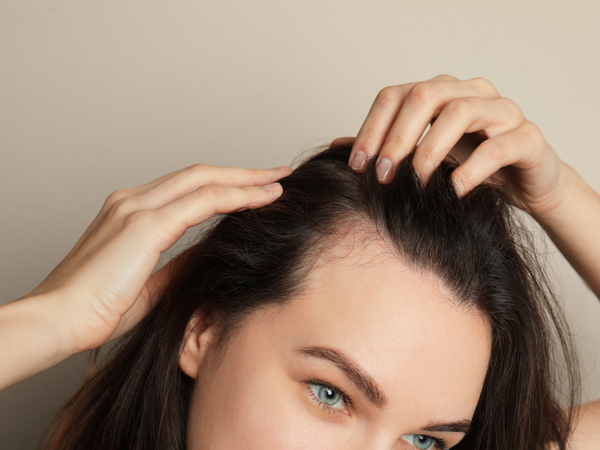What Acids Can I Mix with Henna (and what will the results be)?

What Acids Can I Mix with Henna (and what will the results be)?
If you’re new to using Henna to dye your hair, you’re in for a treat. The idea of Henna creating one tone (orange) is long gone; by choosing the right liquid to blend it with you can enjoy a huge variety of results.
If you choose an acid-based liquid, you’re more likely to get a brighter/more vibrant result, but it depends on what you pick.
It was once believed that Henna needed to be mixed with acid to ‘release’ the dye, but we know these days that is not the case. In older times, Henna would be mixed with highly acidic liquids, but this can lead to adverse scalp reactions, so we don’t advise it.
Slightly acidic solutions are great as they seal the cuticle for better shine but anything too harsh is not necessary.
Of course, you can just enjoy mixing your colour with water, but why not have more fun?! So, here’s a safe list of the acids that you can choose, and the potential outcome, plus the ones to avoid:
YES
Lemon Juice is rich in natural sugars, which improves the consistency of your henna application and more than that, tests show the length and vibrancy of the stain holds for much longer. It also deepens the colour much faster than oxidisation alone, but whilst it is safe it can be irritating over time.
Always do a patch test. You can mix one part lemon to two parts distilled water if you have psoriasis or eczema.
SOME Essential Oils, namely tea tree, lavandin or eucalyptus can help with a slightly deeper result, and a better finish. Before using these, check you’re not allergic, and check with your doctor if you are in the first three months of pregnancy.
Citric Acid is sometimes chosen if you want a more red ‘pillar box’ tone. Simply mix a small amount into the blend.
Tartaric Acid, sourced from grapes is another popular choice. This is usually for mehndi but gives a deeper ‘auburn’ shade when mixed with Henna for hair.
Apple Juice is great for increasing the copper tones in your hair – look for the organic ‘cloudy’ stuff you get in health food stores, not the concentrate with lots of sugar added.
Cranberry juice, unsurprisingly, is a perfect choice for added redness. It works by adding a hint of red during the initial application time, which deepens as the colour oxidises.
NO
Vinegar. Firstly, it smells awful and secondly, it’s way too harsh, especially if you have any scalp or skin sensitivities. Remember that henna is on your scalp and hair for up to eight hours. It’s vital to pick safe choices to get a great result.
Orange juice, Lime juice, Grapefruit juice. These juices are too harsh for use on skin and can cause phototoxic burns if not rinsed before sun exposure.
Google 'margarita burn' to see what lime juice can do on the skin especially when exposed to sunshine.
FINAL RECOMMENDATIONS:
1. Always do a strand test – this will allow you to check the colour result. Remember to let it settle for up to 48 hours. Henna ‘oxidises’, which means it gets deeper over time, so the final result takes a little while to see.
2. Always do a patch test. Henna is safe, but we can all be allergic to anything, and new allergies can develop at any time, so it’s always best to be sure.
3. Don’t dye over bleach. Henna will not work over bleach. In the same way, do not try to lighten hair dyed with henna.
4. Henna will not lighten hair
5. Most DIY henna mixtures need to be left overnight to develop before application. If you’re using a pre-mixed kit, check the instructions.
6. Always use a barrier cream to protect ears, forehead and exposed areas when dyeing the hair



